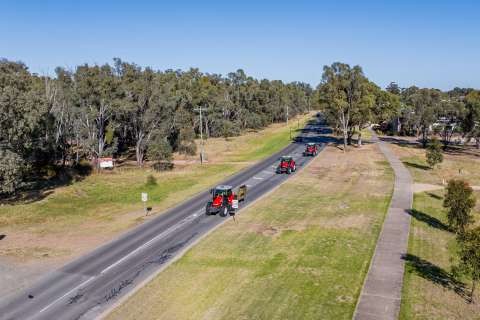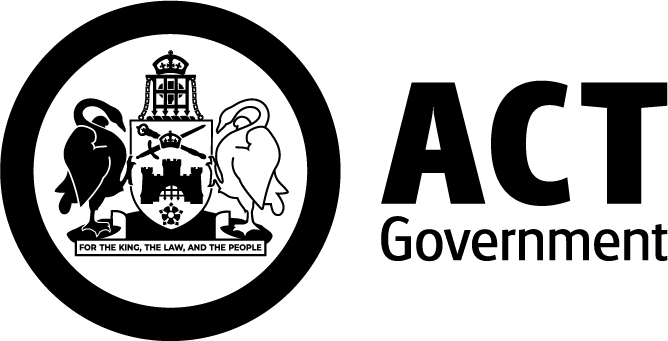This year marks 50 years since NASA’s Apollo 11 astronauts Neil Armstrong and Buzz Aldrin walked on the Moon, 20 July 1969. The University of Canterbury (UC) has a strong history of excellence in engineering, astronomy and physics. The following reflections are from members of the UC community with an interest in what happens next.

Alan Gilmore, UC Mt John Observatory astronomer and star observer, remembers that he heard that ‘the Eagle had landed’ just before he went to work on 20 July 1969.
It’s a great time to celebrate half a century since the first Moon landing, according to University of Canterbury (UC) Emeritus Professor of astronomy .
“No humans have walked the Moon since the Apollo programme. Now everyone wants to go there. The Americans, Chinese, Indians, Israelis, Europeans and Russians all have unmanned spacecraft bound for the Moon for the recent past or near future. Then there are plans for permanent lunar stations and its use as a stepping off point for Mars,” Professor Hearnshaw says.
“Armstrong, Aldrin and Collins certainly started something 50 years ago. No doubt in 50 years’ time going there will seem like a fairly routine trip with people going there frequently, just as we fly around the world today without too much hullaballoo. May humans colonising the Moon continue.”
, UC Mt John Observatory astronomer and star observer, remembers that he heard that ‘the Eagle had landed’ just before he went to work that day.
“After the landing there was a comment from Mission Control that the guys there were turning blue from holding their breaths as the lander used most of its fuel seeking a suitable landing site. There was a quip that the astronauts having to climb into space suits in the tiny lander was like two women getting into ball gowns in a telephone box. The pictures we saw of the Moon Landing were recorded on film at the Parkes Radio telescope in Australia. A Canberra Bomber flew the film to New Zealand for the TV news,” says Gilmore.
Tim Atkins, NASA Senior Engineer and UC Erskine Fellow 2019 recalls: “As a 9-year old boy, I watched in amazement with my family as this history unfolded on TV. The Lunar Lander precariously navigated above the Moon, gently landed (with only a few seconds of fuel to spare), and people stepped down a ladder to its surface.
“America was in a period of intense national strife, with internal conflicts against racism at home, a dubious war abroad, and reeling from assassinations. Even in my youth, I felt the weight of this. But in this hot summer month, people of all races and political bents came together to celebrate this monumental achievement.
“Personally, this event fuelled the flames of my interest in math and science, leading to an enjoyable and rewarding career in engineering. On a large scale, it led to important research throughout the Solar System, and economic growth around Earth’s orbit. And on an even larger scale, the technologies developed by necessity to achieve the Moon propagated an entire generation of computational and other solutions that continue to benefit all humans. What will the next ‘giant leap’ for mankind’s presence in Deep Space bring?”
Associate Professor recalls: “Society came together to witness a major milestone. It was impressive. The first publications I remember in my parents’ home were of the Moon Landing. I have been steeped in the stories and watching it on television. I’m into the Moon. That interest has led to developing a new type of concrete based on a magnesium binder system. This is important because we need to protect future astronauts living beyond Earth from solar radiation, which is lethal. Once we can simulate Martian soil we to turn it into both a construction material and useable soil where, with water and oxygen, we can grow bacteria and ultimately plants on the Moon or Mars.”
Senior Lecturer Dr , research engineer says: “I’m a geologist by training. My dream would be to provide science and engineering that enables people to live elsewhere than Earth. From the Moon we can trial technologies to go to Mars. Artificial Intelligence (AI) will be harnessed to run autonomous refineries and manufactories, and all this will require efficient power systems. With a strong commercial push for space mining, many of these systems could be developed in the near future and be applicable to Moon and Mars colonisation,”
Dr , Research Fellow: “I applied to be a NASA astronaut in 2017 and was incredibly humbled to have made it through several rounds of selection to become one of the top 50 candidates. Whilst I wasn’t ultimately chosen as an Astronaut Candidate, it was an honour to take part in the process and to dream about potential missions with my fellow interviewees. We still have a lot to learn before we send humans to Mars and we’re fortunate that we can test systems via the Moon first,” she says. “I’m still keen to be an astronaut so I’ll definitely be applying again.
, studying towards a Master of Science degree in Astronomy: “The Moon Landing 50 years ago was long before I was born but it demonstrates just how curious the human race is, and always will be, about space. I see the future of science as a continuum of technology advances, with more and better space telescopes as well as larger global telescope networks, because telescopes in different countries observing the same objects increases the accuracy of the measured data. In the next 50 years I’d like to see solutions to greater efficiency of power use with handling the huge quantities of data that astronomy generates.”
More reading:
: Artemis: The Future of Deep Space Exploration presented by Tim Atkins, NASA Senior Engineer and UC Erskine Fellow, on Thursday 3 October, 7pm-8pm, in C-Block lecture theatres, Ilam campus, University of Canterbury, Christchurch. (Register to attend free closer to the event.)









